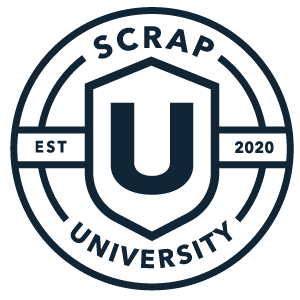Cupronickel
Description Cupronickel is most often found as a heat exchanger. The main elements in cupronickel are nickel and copper. There are three common types: 90/10, 80/20, and 70/30. Each number represents the split of Copper and Nickel, with Copper being the higher percentage. Upgrade potential This material looks like stainless steel, so it is important […]
